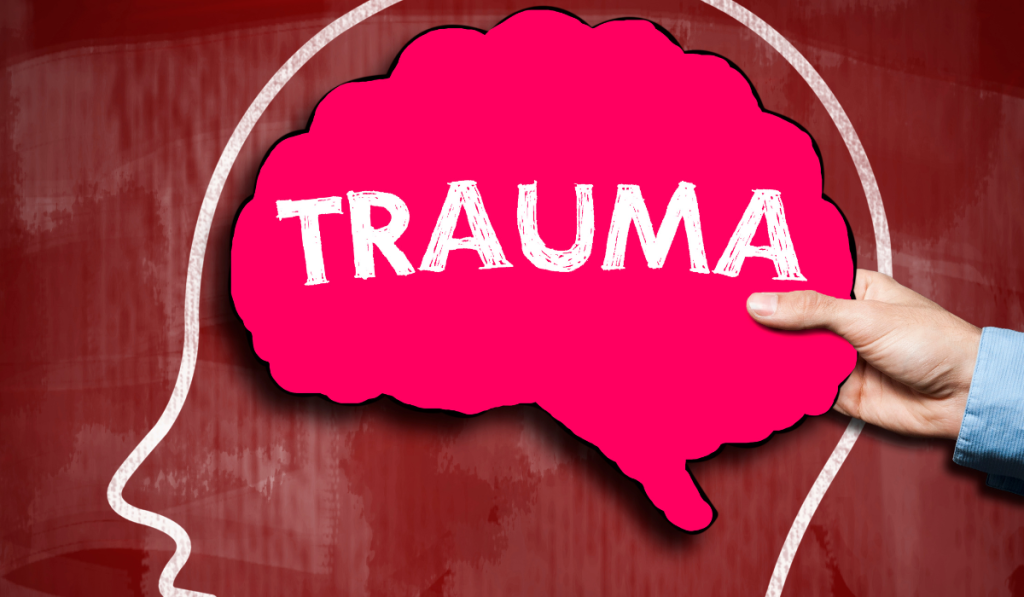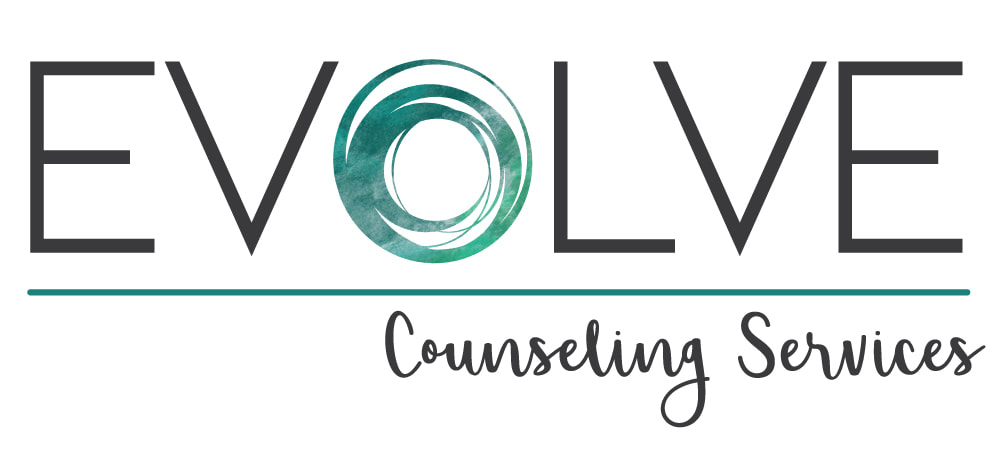
Anxiety Attacks vs. Panic Attacks: Understanding the Differences and Similarities
March 12, 2025
The Importance of Practicing Coping Skills in Recovery
March 26, 2025
Trauma is a deeply distressing or disturbing experience that can have lasting effects on a person’s mental, emotional, and physical well-being. When faced with trauma, the body and mind react in ways designed to protect and help us cope. But what is a trauma response exactly? A trauma response is an automatic reaction to a stressful or threatening event, and it can manifest in different ways depending on the person and their experiences.
While some trauma responses are immediate, others can be long-term, shaping behaviors and emotional patterns well after the traumatic event has passed. Recognizing trauma response behaviors can help individuals understand themselves better and work toward healing.
What Is My Trauma Response? Identifying Your Reactions
If you’ve ever asked yourself, “What is my trauma response?” you’re not alone. Trauma responses vary from person to person and are often categorized into four main types: fight, flight, freeze, and fawn. Each response is a survival mechanism, and recognizing which one you lean toward can help you understand your emotional and behavioral patterns.
- Fight Response – This response is characterized by aggression, defensiveness, or a strong urge to regain control. People with a fight trauma response might find themselves frequently arguing, lashing out, or feeling easily irritated.
- Flight Response – When someone experiences a flight response, they may feel an overwhelming need to escape, avoid confrontation, or disengage from difficult emotions. This can manifest as overworking, perfectionism, or constantly staying busy to avoid uncomfortable feelings.
- Freeze Response – A freeze response happens when the body and mind become stuck, leading to numbness, dissociation, or an inability to take action. People who experience this response might feel paralyzed in stressful situations, unable to make decisions, or disconnected from their emotions.
- Fawn Response – The fawn response involves excessive people-pleasing or prioritizing others’ needs over one’s own to maintain safety. Those with this response often struggle with setting boundaries and may fear conflict or rejection.
Recognizing which of these trauma responses resonates with you can help answer the question, “What is my trauma response?” and provide insight into your behaviors and emotions.
What Do Trauma Response Behaviors Look Like?
Trauma response behaviors can appear in many ways, influencing thoughts, emotions, relationships, and overall well-being. While some behaviors are more pronounced, others may be subtle and harder to recognize. Here are some common trauma response behaviors:
- Avoidance – Steering precise people, places, or situations that trigger distressing memories.
- Hypervigilance – Being constantly on edge, easily startled, or feeling like danger is always lurking.
- Emotional Numbing – Feeling detached, disconnected, or struggling to experience joy and pleasure.
- Overworking or Overachieving – Using work or productivity as a means to distract from unresolved trauma.
- Substance Use or Other Addictions – Engaging in drinking, drug use, gambling, or other compulsive behaviors as a way to cope.
- People-Pleasing – Neglecting personal needs to avoid conflict or rejection.
- Physical Symptoms – Experiencing headaches, muscle tension, digestive issues, or chronic pain as a result of stored trauma.
Since trauma responses are deeply ingrained, they can sometimes feel automatic or out of our control. However, awareness is the first step toward healing.
How to Heal from a Trauma Response
Healing from trauma is a journey that requires self-awareness, compassion, and support. Here are some steps that can help:
- Recognize Your Trauma Response – Pay attention to how you react to stress and identify patterns in your behavior.
- Seek Professional Support – Therapy, counseling, or trauma-informed coaching can provide valuable guidance and coping strategies.
- Practice Self-Care – Mindfulness, exercise, and relaxation techniques can help regulate the nervous system.
- Build Healthy Relationships – Surround yourself with supportive people who understand and respect your healing process.
- Learn Grounding Techniques – Techniques like deep breathing, progressive muscle relaxation, and visualization can help manage distressing emotions in the moment.
Understanding “what is a trauma response” and recognizing how it affects your daily life is key to breaking free from the cycles of stress and fear. While trauma responses are natural, they don’t have to define your future. With awareness, support, and the right tools, healing is possible, and you can regain a sense of safety and balance in your life.
_________________________________________________________________________________
Looking for treatment for an eating disorder, anxiety, depression, trauma, or postpartum mood disorder?
Evolve Counseling Services is a specialized team of Licensed Therapists providing treatment in Paoli.



